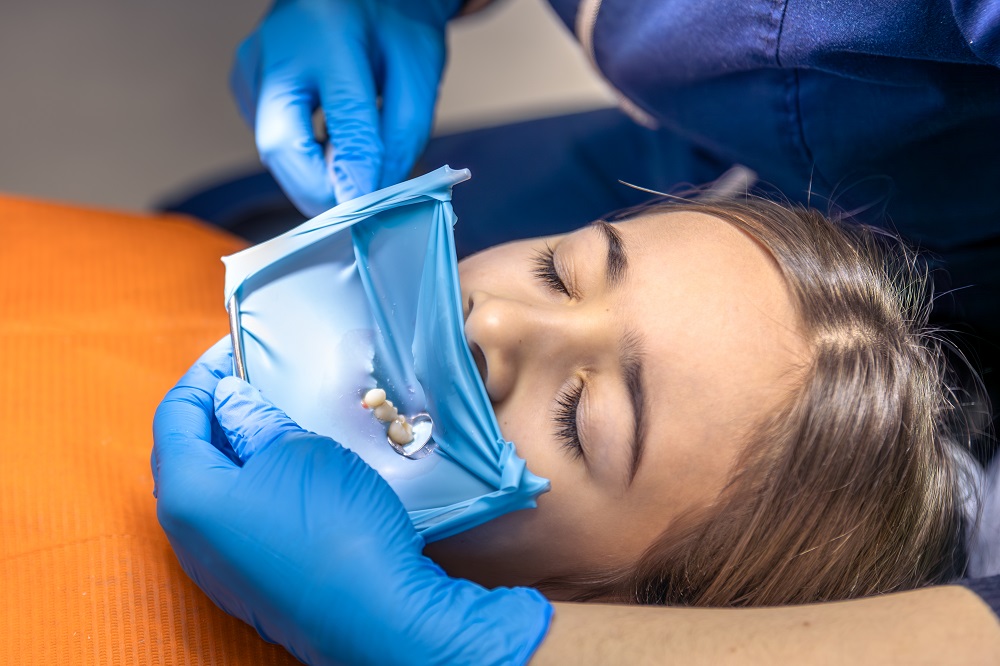Best Practices for Storing and Handling Dental Gauze Sponges
Gauze sponges for dental use are critical to oral hygiene, providing absorption and protection, and comfort during dental procedures. They are simple yet vital tools for controlling bleeding, absorbing saliva, and enhancing wound healing. Though they are often small, improper storage and handling may cause contamination, compromised performance, and increased risk for patients.
Dental professionals, including dentists and assistants, benefit from following proper hygiene and storage policies to ensure that gauze sponges remain sterile and effective. Proper handling will also help preserve the integrity of materials used to make these things, yielding the best absorption and comfort for patients.
While clinics regularly use dental gauze sponges, patients also get these supplies following dental procedures for care at home. Clean, uncontaminated gauze will decrease a person’s risk for infections and lead to enhanced healing. This is why individuals should be mindful of proper storage and handling.
Store them in a Sterile Environment
A critical aspect of storing dental gauze sponges is keeping them in a sterile condition. In the dental office setting, they should remain in their sealed packaging until they are required. The appropriate storage environment should be clean cabinets that are dry or free from moisture, dust, and sunlight. Any contamination could risk the sterility of the gauze and pose a risk of infection to patients.
In the bulk storage environment, gauze sponges should be placed in airtight containers/in drawers for sterile supplies. The ones that are used in a dental clinic with an autoclave sterilization process must be appropriately packaged prior to sterilization.
If a patient has extra sponges stored at home, they should stay in the original packaging before use and remain in a cool, dry area. They must not be kept in bathroom areas or areas with high moisture levels, as bacteria can accumulate. If the sponges remain in a designated medical supply box, they will stay clean before they are needed.
Do Not Touch Them With Bare Hands
It is important to handle dental gauze sponges with clean hands to reduce risks. In clinics, dental professionals are required to wear disposable gloves anytime gauze sponges are being handled. This step is taken to prevent bacteria from the hands of the person, to the dental supply, and then to the tissues of the patient’s mouth.
When opening a sponge package, it is important to avoid unnecessary contact with the supplies. Only handle the ones that are going to be needed. If the gauze sponge is dropped onto an unsterile surface accidentally, it needs to be discarded immediately and not reused.
Patients who need to use the sponges at home after a procedure should cleanse their hands comprehensively prior to touching. If feasible, sterile tweezers or gloves should be utilized, so they would not need to touch the supplies directly.
Confirm Proper Disposal
Used gauze sponges must be properly disposed of to promote cleanliness and reduce the risk of bacteria spreading. Dental clinics should place used gauze in designated biohazard waste containers for disposal. This is especially important after surgical procedures or treatments that involve blood and/or bodily fluids.
For patients at home, they should place used gauze sponges in a sealed plastic bag before throwing them away in the trash. If they contain a lot of blood, they should be managed carefully to prevent leakage and contamination. Patients must wash their hands after handling used sponges.
Use them Before the Expiration Date
Just like other medical supplies, dental gauze sponges have an expiry date. Using the items after that may result in a loss of effectiveness or contamination. Dental facilities need to be diligent in checking their stock and using the older packages first.
When patients are issued gauze sponges for care at home, they should also check the expiration date before using them. If the packaging is damaged or the supplies seem discolored, it is safe to throw that package away and grab a new pack that is still sealed. Additionally, maintaining sterilization standards for instruments with dental sterilizers helps ensure a hygienic treatment environment.
Conclusion
Proper storage and handling of dental gauze sponges are critical for preserving their sterility and effectiveness. To ensure this, follow the tips mentioned in this article. This way, it will be easier to foster better outcomes and maintain high hygiene standards.













